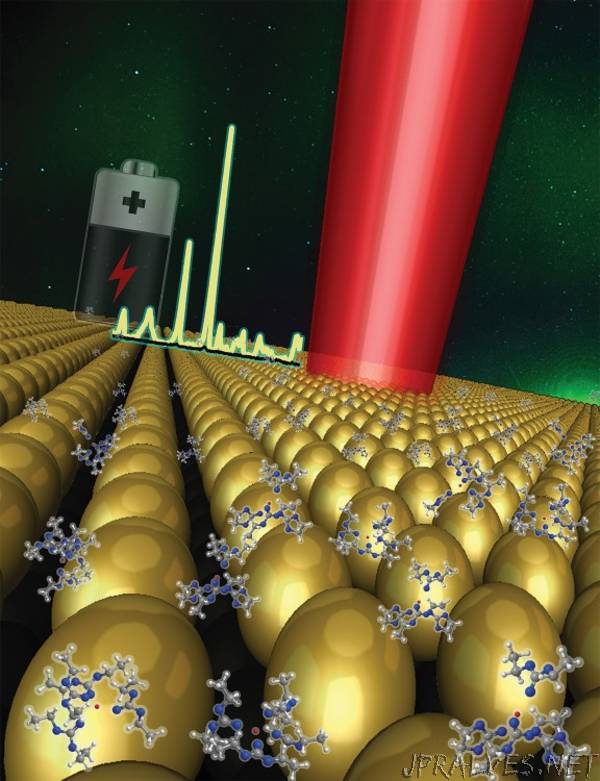
“By studying the inner workings of lithium-ion batteries, Oak Ridge National Laboratory researchers have developed a highly sensitive technique to characterize and measure at the electrolyte and electrode interface. Their finding, published in ACS Nano, could help in understanding the fundamental factors that determine the composition and stability of solid electrolyte interphase, or SEI. “A robust SEI is key to the performance and safety of Li-ion batteries used to power electric vehicles,” said ORNL’s Jagjit Nanda. Li-ion batteries comprise positive and negative electrodes, each containing an electrolyte, or salt, solution, separated by a membrane. The researchers used surface enhanced Raman spectroscopy to evaluate how the lithium-salt interacts between the liquid electrolyte and electrode. “We found that the ion-solvation at the interface differs from what we observed in the bulk liquid electrolyte,” he said. Understanding this phenomenon could lead to improved electrolytes resulting in batteries with higher performance and better stability. “
